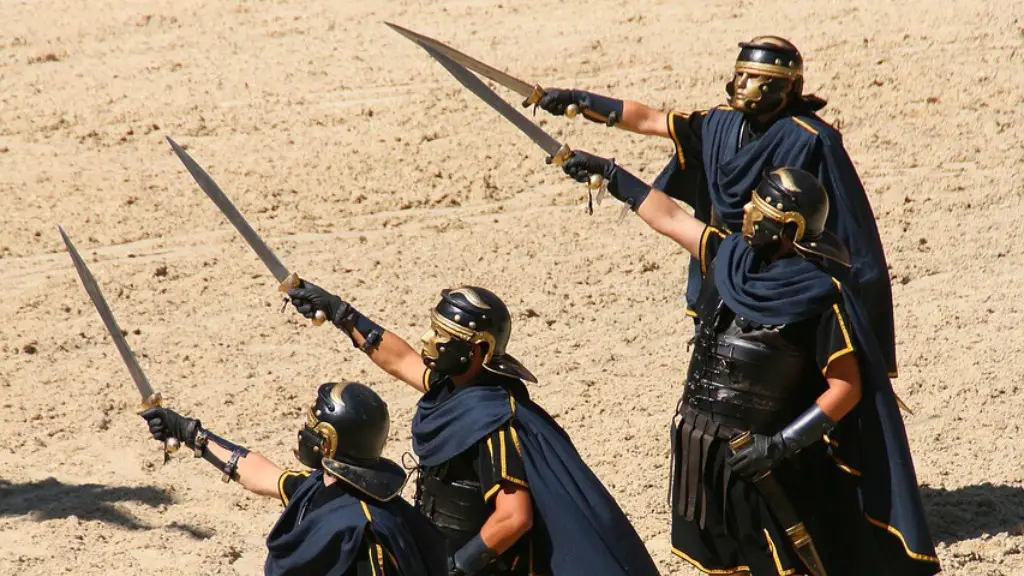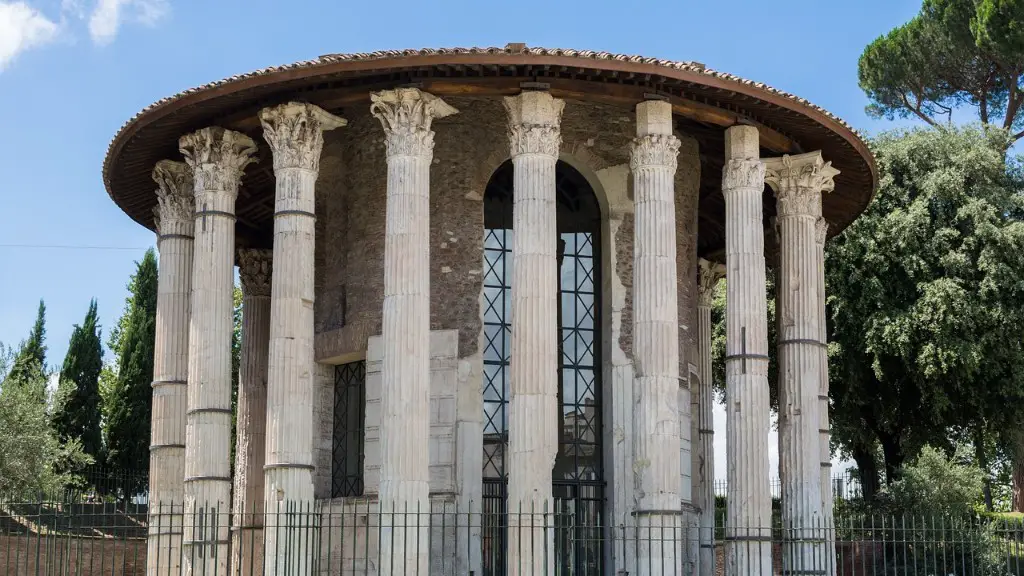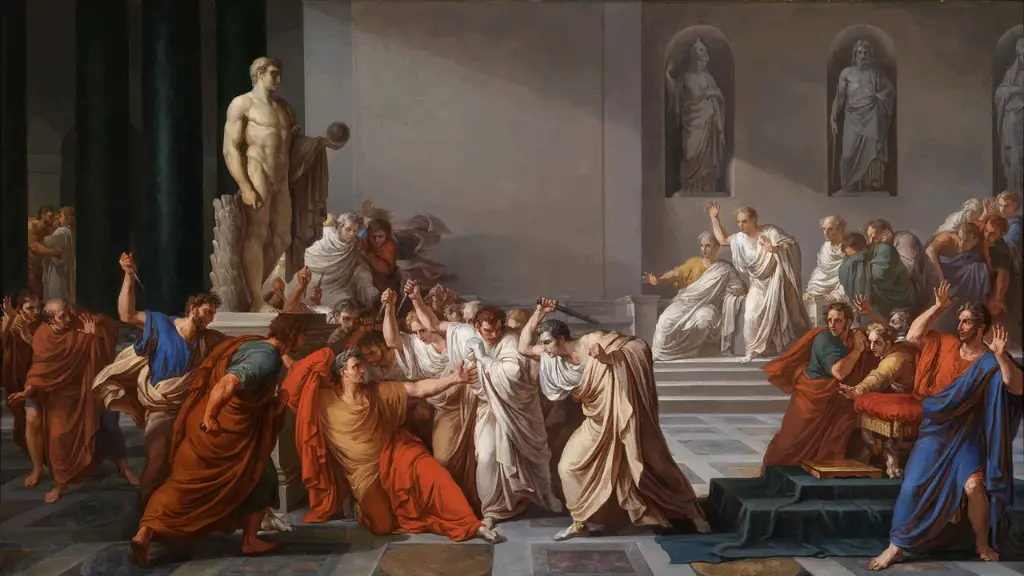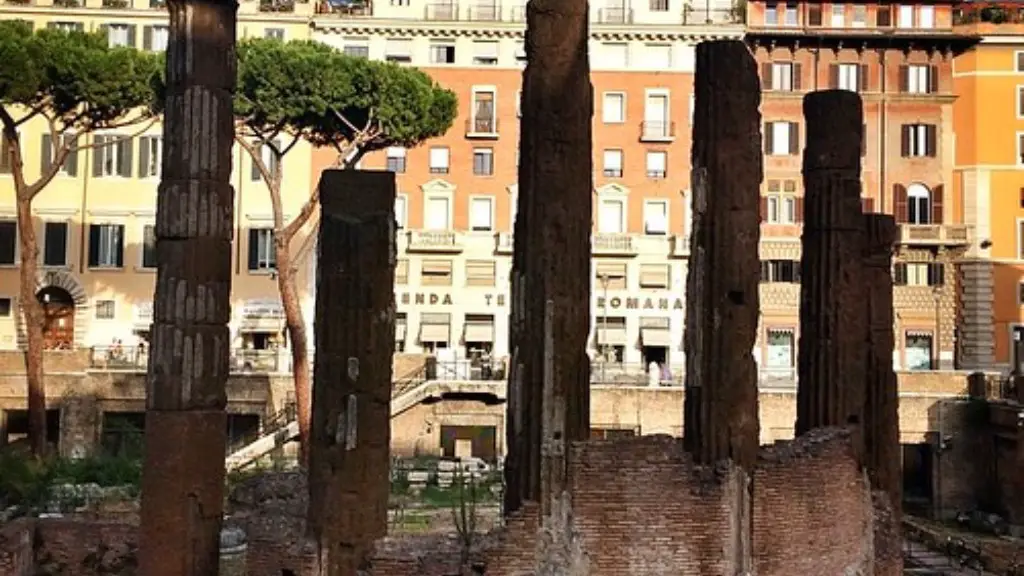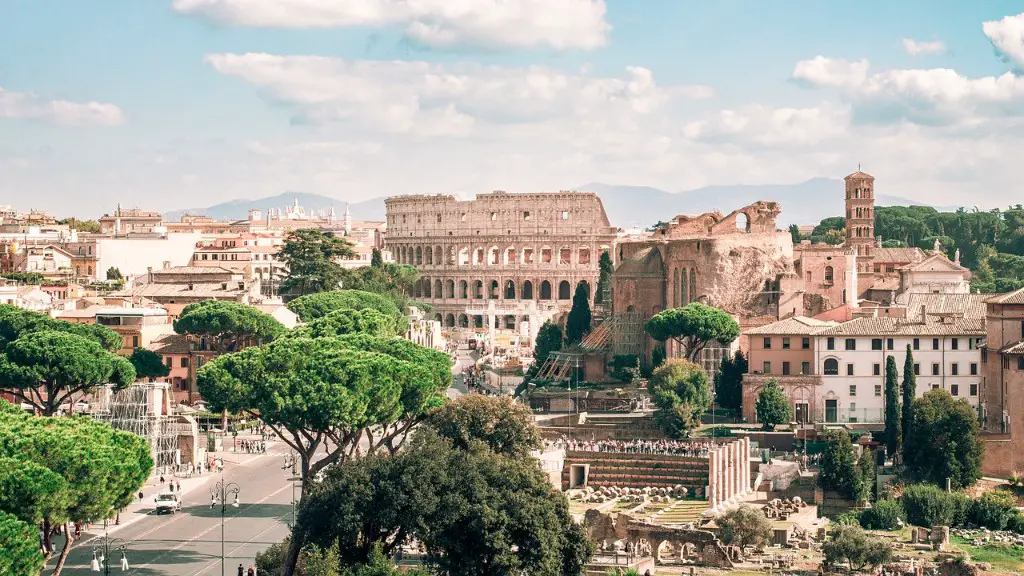Reasons why Roman Children went to School
For centuries, Roman children have gone to school to learn the art of rhetoric – the ability to speak and write well enough to persuade others.During the time of the Roman Empire, education was highly regarded. Roman children would attend school from a young age, with boys often starting around the age of seven, and girls around the age of nine.It was believed that education would help these children to achieve success in life and it was often seen as a way for them to become socially accepted.
One of the reasons why Roman children went to school was to receive a proper literary education. Roman schools would focus on teaching children Latin and Greek, as well as literature, mathematics, and other courses. This knowledge enabled Roman children to read and write which was essential in order to do well in the professional world. For example, if a child wanted to pursue a career in law, they would need to have a strong understanding of their educational materials so they could be successful.
Another reason why Roman kids went to school was to learn social skills. During the Roman Empire, children were taught the importance of proper etiquette, how to make courteous conversation, the importance of respect, and how to properly address their elders. All of these skills helped to promote social order and allowed children to properly fit in with their society.
How Long did Roman Kids Spend in School?
In the time of the Roman Empire, Roman children only went to school for three to four hours a day – usually during the morning. This gave them plenty of time in the afternoon to take part in leisure activities and pursue their hobbies. It also allowed them to help out around the house, which was beneficial for their families.
The school day started at around 9 am and lasted until around 1 pm. During this time, the children would be given various lectures from their teacher and had to recite passages from Roman works. They were also given assignments and tests to complete. This system allowed for more of a hands-on experience for the children rather than just listening to lectures.
Roman Edification System
The Roman edification system was different from the traditional education found in other civilizations. Roman parents had the option to send their children to a ‘ludus’ – an educational institution similar to a primary school. The ‘ludus’ would provide basic education to young Roman children, such as literacy and mathematics. The education received was not comparable to the education of later societies – it was much more basic and focused on the three R’s (reading, writing and arithmetic).
Another type of educational institution was the ‘schola’. The ‘schola’ was more advanced then the ‘ludus’ and although it was not as widespread, it was still popular. The ‘schola’ provided advanced learning and specialized training. The goal of the school was to prepare the students for later public life – the ‘schola’ would teach Latin, grammar, logic, rhetoric, law, and other forms of public discourse.
The third type of educational institution was the ‘gymnasium’. The ‘gymnasium’ was a specialized educational institution focused on physical activity, gymnastics, and sports. This type of school was especially popular with Roman children and it provided them with an avenue to explore physical activity and develop their athletic abilities.
Role of the Teacher
The teaching of the Roman edification system was done by a qualified teacher, or ‘magister’. The ‘magister’ would lecture to the students and answer any questions they may have. They would also assign written assignments or tests. Roman teachers were highly respected and were paid reasonably well.
The ‘magister’ were also expected to demonstrate a good moral example to their students. They were expected to abide by the laws of the Roman state and uphold the cultural beliefs of Roman civilization. It was believed that if they were seen to do this, they would inspire their students to do the same and give them an example of good morals.
It was also customary for the teachers to bring their own slaves to school with them. The slaves would help keep the classroom running smoothly and efficient by performing various duties such as passing out materials, fetching the teacher’s materials and taking care of the students when needed.
Educational Equipment
In Roman education, the student would bring various educational equipment with them to school. Most commonly, each student would bring a wax tablet, a stylus and a pair of writing sticks. The wax tablet would be used to practice writing and the stylus would be used to scratch away any mistakes. The pair of writing sticks would be used to keep the wax tablet flat while writing on it. Some students would also bring external reading material, such as books or scrolls, in order to supplement their learning.
In some cases, the school would provide reed pens or chalk as an alternative to the wax tablet and stylus. The reed pens were easier to use and would produce smoother, more permanent writing – however, this method was slightly more expensive. Chalk was used for teaching the more practical subjects, such as mathematics and geometry, because it was easier to erase any mistakes.
Education and Social Class
Roman education was very much dependent on one’s social class. Wealthier families could afford to give their children better education as they would send them to higher quality schools and would also be able to supplement their learning with extra resources. Poorer families, on the other hand, would have to settle for more basic education, as they usually couldn’t afford to send their children to more expensive schools.
Education was seen as a way to advance in social standing and it was believed that those with the best education would be more successful. As a result, many wealthy families saw education as an investment, as they believed their children would be more likely to get ahead in life if they had a good education.
On the other hand, the lower classes focused more on practical knowledge and manual labor, as their children wouldn’t have access to higher education. This was seen as more beneficial for their social class, as manual labor was essential for survival.
Attitudes towards Education
In Roman culture, attitude towards education was generally positive. Education was seen as a way to better one’s self and it was believed that investing in a good education would yield good results in the future. Roman citizens believed that a good education would give them a better understanding of the world, a more refined social status, and the necessary skills to become successful.
The importance of education was even further emphasized by the state – the Roman government placed a great deal of emphasis on education, as they believed that educated citizens would be more successful and more likely to contribute to the state. Education in Roman culture was highly valued and it played an essential role in the formation of Roman society.
Conclusion of Roman Educational System
The educational system of the Roman Empire was very different from the modern system. Roman children would attend school for a few hours a day and their education focused more on practical knowledge and rhetoric. Education was dependent on one’s social class and those from wealthier families often attended more expensive schools. Overall, the Roman Empire placed a great deal of emphasis on education, as they believed that educated citizens were more desirable and would benefit the state in the long run.
